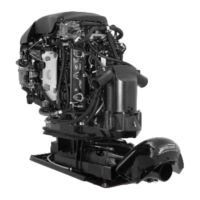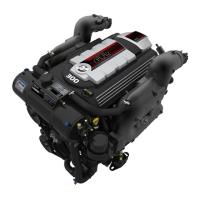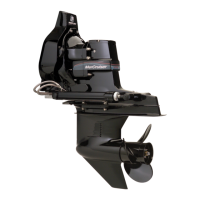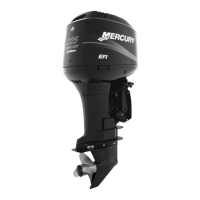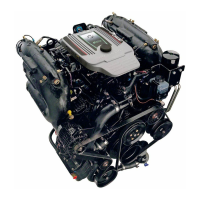EDI DIAGNOSIS
SERVICE MANUAL NUMBER 22
90-860074--1 FEBRUARY 2002 Page 5E-3
Visual/Physical Inspection
A careful visual and physical inspection must be performed as part of any diagnostic
procedure. This can often lead to fixing a problem without further steps. Inspect all
hoses for correct routing, pinches, cuts, or disconnects. Inspect hoses that are difficult to
see. Inspect all the wires in the engine compartment for proper connections, burned or
chafed spots, pinched wires, or contact with sharp edges or hot exhaust manifolds. This
visual/physical inspection is very important. It must be done carefully and thoroughly.
Electrostatic Discharge Damage
Electronic components used in control systems are often designed to carry very low voltage,
and are very susceptible to damage caused by electrostatic discharge. It is possible for less
than 100 volts of static electricity to cause damage to some electronic components. By
comparison, it takes as much as 4,000 volts for a person to even feel the effect of a static
discharge.
There are several ways for a person to become statically charged. The most common
methods of charging are by friction and by induction. An example of charging by friction is
a person sliding across a seat, in which a charge of as much as 25,000 volts can build up.
Charging by induction occurs when a person with well-insulated shoes stands near a highly
charged object and momentarily touches ground. Charges of the same polarity are drained
off, leaving the person highly charged with the opposite polarity. Static charges of either type
can cause damage; therefore, it is important to use care when handling and testing
electronic components.
